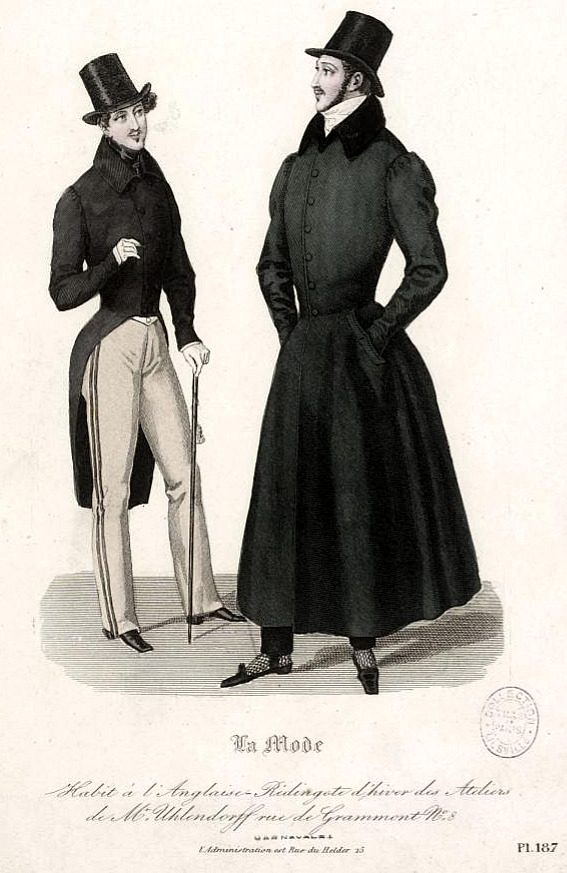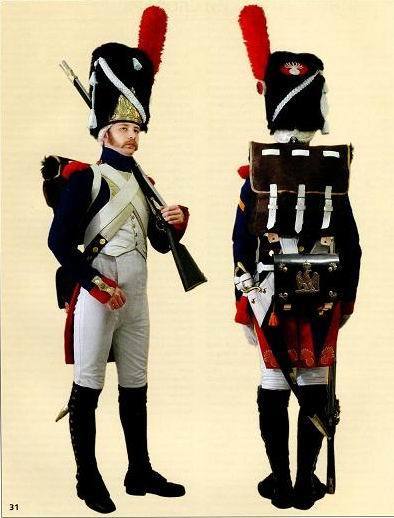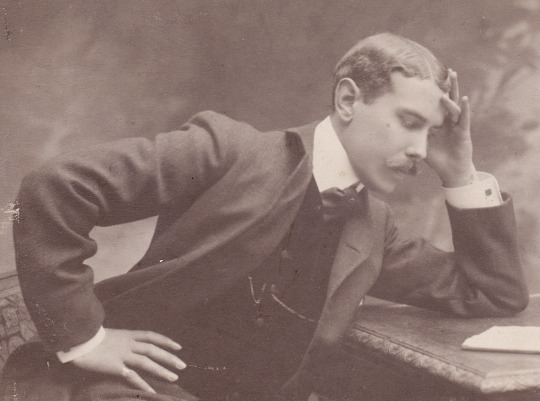#Belle Époque fashion fin de siècle fashion
Explore tagged Tumblr posts
Photo

Mary, Duchess of York, later Queen Mary, consort of King George V by ?. From tumblr.com/royaland/702468188989980672 750X1106 @72 328kj.
#1890s fashion#late Victorian fashion#Belle Époque fashion fin de siècle fashion#Queen Mary#May of Teck#high neckline#neckline ruff#jabot#leg-o-mutton sleeves#long close sleeves#waist band#V waistline#close skirt
71 notes
·
View notes
Note
Help! I'm thinking of getting a 19th century man and my heart is hopelessly set on a fancy French breed! However, in researching breeds of French 19th century men, I'm torn if I want a Napoleonic 19th century man or a La Belle Epoque 19th century man. A friend of mine who has an English 19th century man says that the French breeds are much more high maintenance than their English cousins. Do you have any tips or insight into the differences between various English and French breeds of 19th century men?
I'm going to answer this more recent question over some asks that have been awaiting my attention (my apologies); because it's such a perennial enquiry. In brief, there are less differences between 19th century Frenchmen and 19th century Englishmen than you might think. Your Frenchman is probably a huge anglophile, at least when it comes to his clothes, and he's very influenced by English styles. Meanwhile your Englishman is very impressed by anything in French, and he admires a lot of French culture (and French wines), whether or not he wants to admit it.

Your typical 1830s Frenchman in his Habit à l'Anglaise.
You will want to research your particular type of 19th century Frenchman (or Englishman), and pay attention to a lot of regional and class variations. Gullible anglophones are super impressed by a 19th century man being French, as if this fact alone makes him like a Romantic Les Misérables protagonist or a slinky Parisian man in his robe de chambre like in a Paul Gavarni drawing.

The ideal, not always the reality!
Don't fall head over heels for a French 19th century man with misleading expectations in mind—when he could be from Marseille and want to eat bouillabaisse and play pétanque all day. You will see 19th century Frenchmen claimed to be working in fashion, and it turns out he works at a shirt factory in Argenton-sur-Creuse.
If you are deciding between Napoleonic or La Belle Epoque, I personally recommend Napoleonic if you have lots of energy and you're willing to indulge his urges to roam places at a forced march.

Fun-loving French soldiers at camp in 1809. Let these lads conquer something!
Who doesn't appreciate that sharp uniform that makes you want to show off a man in la Grande Armée? He's not cheap to equip, but it's worth it!

The Belle Époque man may seem less likely to set off on a path of unending war, but he absolutely has his own management issues with a propensity for absinthe, horse racing, and cigars.

You can't just give him free rein with whatever fin de siècle excessess he wants to pursue, and that pretty face won't last forever when he's a determined roué!
In short, your own lifestyle situation, and the type of 19th century man you're willing to support, will be the deciding factor. Good luck!
101 notes
·
View notes
Text
ART NOUVEAU
Art Nouveau 1890-1905

Art Nouveau took its name from the Maison de l'Art Nouveau (House of the New Art), an art gallery opened in 1895 by the Franco-German art dealer Siegfried Bing that featured the new style. In France, Art Nouveau was also sometimes called by the British term "Modern Style" due to its roots in the Arts and Crafts Movement, Style moderne, or Style 1900. It was also sometimes called Style Jules Verne, Le Style Métro (after Hector Guimard's iron and glass subway entrances), Art Belle Époque, and Art fin de siècle.
Generating enthusiasts in the decorative and graphic arts and architecture throughout Europe and beyond, Art Nouveau appeared in a wide variety of strands, and, consequently, it is known by various names, such as the Glasgow Style, or, in the German-speaking world, Jugendstil. Art Nouveau was aimed at modernizing design, seeking to escape the eclectic historical styles that had previously been popular. Artists drew inspiration from both organic and geometric forms, evolving elegant designs that united flowing, natural forms resembling the stems and blossoms of plants. The emphasis on linear contours took precedence over colour, which was usually represented with hues such as muted greens, browns, yellows, and blues. The movement was committed to abolishing the traditional hierarchy of the arts, which viewed the so-called liberal arts, such as painting and sculpture, as superior to craft-based decorative arts. The style went out of fashion for the most part long before the First World War, paving the way for the development of Art Deco in the 1920s, but it experienced a popular revival in the 1960s, and it is now seen as an important predecessor - if not an integral component - of modernism.
The desire to abandon the historical styles of the nineteenth century was an important impetus behind Art Nouveau and one that establishes the movement's modernism. Industrial production was, at that point, widespread, and yet the decorative arts were increasingly dominated by poorly-made objects imitating earlier periods. The practitioners of Art Nouveau sought to revive good workmanship, raise the status of craft, and produce genuinely modern design that reflected the utility of the items they were creating.

The academic system, which dominated art education from the seventeenth to the nineteenth century, underpinned the widespread belief that media such as painting and sculpture were superior to crafts such as furniture design and ironwork. The consequence, many believed, was the neglect of good craftsmanship. Art Nouveau artists sought to overturn that belief, aspiring instead to "total works of the arts," the famous Gesamtkunstwerks, that inspired buildings and interiors in which every element worked harmoniously within a related visual vocabulary. In the process, Art Nouveau helped to narrow the gap between the fine and the applied arts, though it is debatable whether this gap has ever been completely closed.
Many Art Nouveau practitioners felt that earlier design had been excessively ornamental, and in wishing to avoid what they perceived as frivolous decoration, they evolved a belief that the function of an object should dictate its form. In practice this was a somewhat flexible ethos, yet it would be an important part of the style's legacy to later modernist movements, most famously the Bauhaus.

Sources:
Notes from art movement lectures and supplied Powerpoints
http://www.theartstory.org/movement-art-nouveau.htm
http://www.metmuseum.org/toah/hd/artn/hd_artn.htm
https://en.wikipedia.org/wiki/Art_Nouveau
0 notes
Photo

1895 Queen Mary (1867-1953) when Victoria Mary, Duchess of York by Edward Hughes (Royal Collection, Vestibule of Buckingham Palace - London, UK) RCIN405365. From their Web site 1649X2250.
#1890s fashion#Belle Époque fashion#fin de siècle fashion#Queen Mary#May of Teck#curly hair#hair jewelry#V neckline#three-quarter length leg-o-mutton sleeves#V waistline#close skirt#train#wrap
50 notes
·
View notes